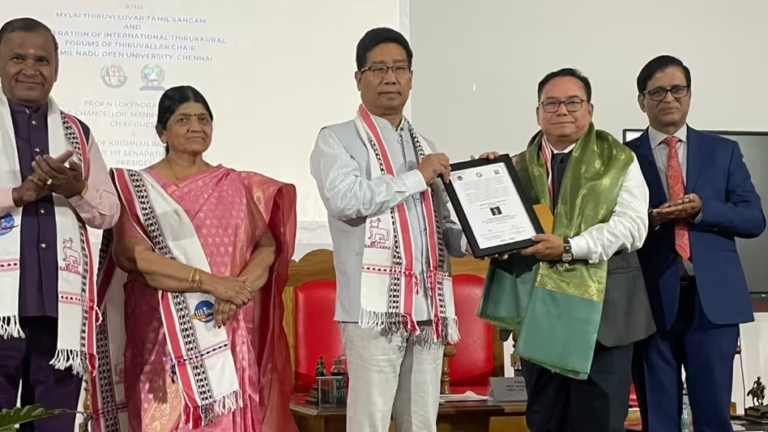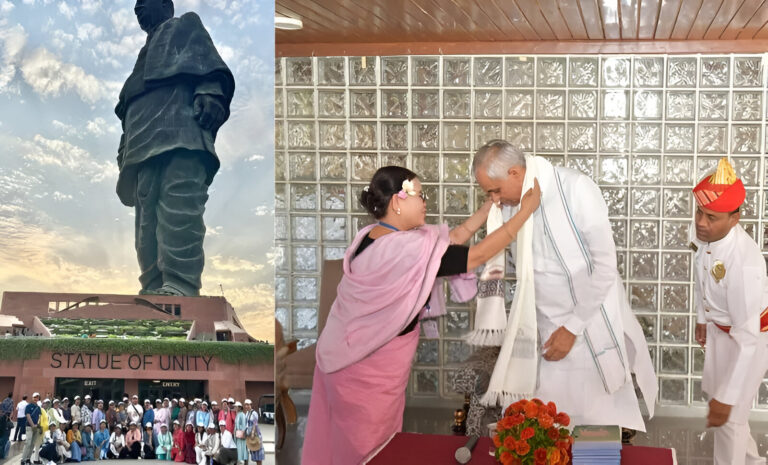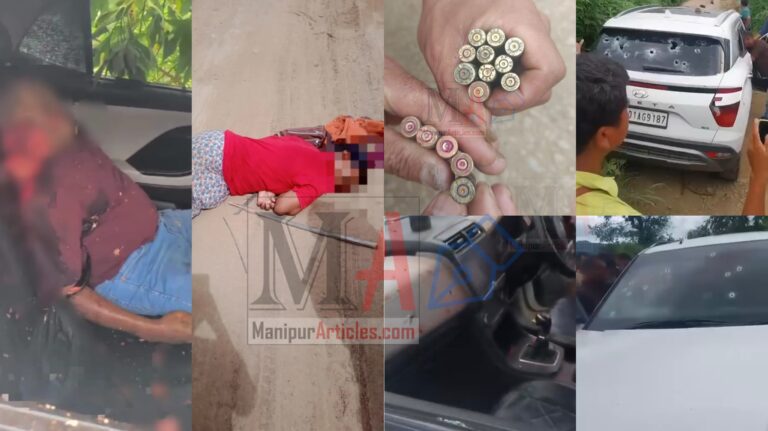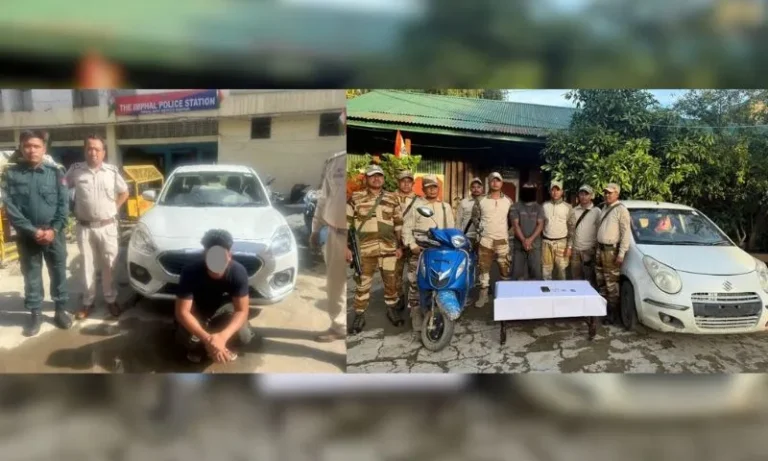Manipur Violence: Six Women and Children Found Dead Amid Rising Tensions
Summary
Recent events in Manipur’s ongoing ethnic conflict have taken a tragic turn, with six women and children discovered dead after being reported missing from Jiribam district. The discovery comes amidst escalating violence between the Meitei and Kuki communities, further intensifying the crisis. Authorities continue rescue operations for other missing persons, as the region remains gripped by unrest.
Long Article
The Current Crisis in Manipur
Manipur, nestled in Northeast India, has been embroiled in an ethnic conflict between the Meitei and Kuki communities. This long-standing tension has recently escalated into violent clashes, displacing thousands and leading to significant loss of life and property. The latest tragedy involves six women and children who were found dead after disappearing from the Jiribam district during one such episode of unrest.
Tracing the Events
On November 13, reports surfaced about several individuals, including minors, missing from Borobekera and surrounding areas of Jiribam. These individuals were initially believed to have been caught up in the crossfire between local village defense groups and armed militant factions, reportedly linked to the Kuki tribe. Amid a chaotic exchange of gunfire, authorities launched a search and rescue operation to locate them. Tragically, six bodies were recovered, intensifying fears about the safety of others still unaccounted for
Understanding the Conflict
The conflict stems from ethnic tensions between the majority Meitei population in the Imphal Valley and the Kuki-Zomi tribes residing in the hill regions. Disputes over land, political representation, and perceived socio-economic disparities have exacerbated these tensions. Over the past year, these issues have spiraled into violent confrontations, with reports of arson, targeted killings, and armed clashes becoming alarmingly frequent
The Role of Armed Groups
Armed groups, often claiming to protect their communities, have added fuel to the fire. Both sides have accused each other of orchestrating attacks on villages, displacing families, and engaging in unlawful activities. The situation in Jiribam, for example, highlights the involvement of suspected Kuki militants who reportedly targeted Meitei settlements, leading to casualties and destruction
Government Response and Challenges
The Manipur government, in coordination with central forces, has deployed security personnel to contain the violence. However, the efforts have been met with mixed results. While certain areas have seen temporary calm, others remain hotspots of unrest. The recent recovery of sophisticated weapons, including assault rifles and mortars, has raised concerns about the militarization of these communities and the challenges faced by law enforcement
Impact on Civilians
The human toll of this conflict is staggering. Thousands have been displaced, living in relief camps under dire conditions. Schools and businesses in affected areas remain shut, and the psychological scars on survivors—especially children—are profound. The death of the six individuals in Jiribam underscores the vulnerability of civilians caught in this relentless violence
The Road to Peace
Amidst the violence, there have been efforts to broker peace through dialogues between community leaders and civil society organizations. However, these initiatives often falter under the weight of mutual distrust and the recurrence of violence. Building lasting peace requires addressing the underlying issues of ethnic representation, equitable resource distribution, and land rights.
Global Attention Needed
The situation in Manipur demands greater national and international attention. Advocacy for humanitarian aid, impartial investigations, and long-term conflict resolution strategies could play a pivotal role in alleviating the suffering of its people.
FAQs
- What is the main cause of the conflict in Manipur?
The conflict is rooted in ethnic tensions between the Meitei and Kuki communities, exacerbated by disputes over land, political representation, and resource allocation. - What measures are being taken to address the violence?
The government has deployed security forces, initiated peace talks, and carried out rescue and relief operations for displaced individuals. - How are civilians affected by the conflict?
Civilians face displacement, loss of life and property, disrupted education, and severe psychological trauma due to ongoing violence. - Who are the key players in the conflict?
Armed groups claiming to represent the Meitei and Kuki communities are central to the conflict, alongside local defense volunteers and state security forces. - What steps are necessary for lasting peace?
Sustainable peace requires addressing ethnic grievances, ensuring fair political representation, and fostering trust between communities through dialogue.



